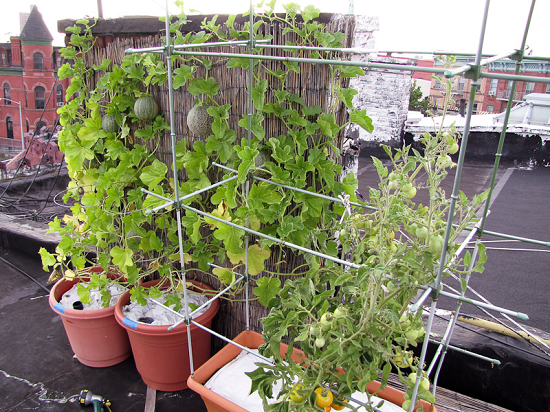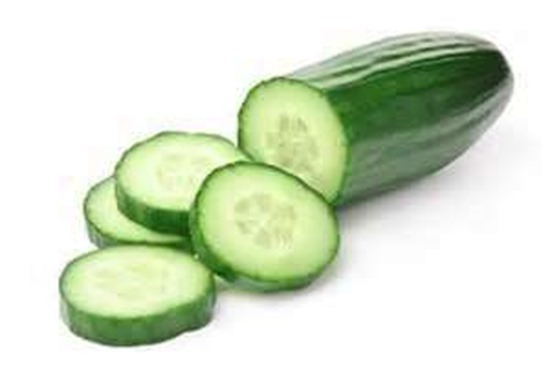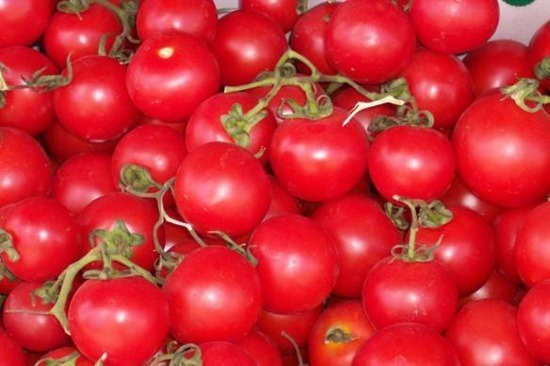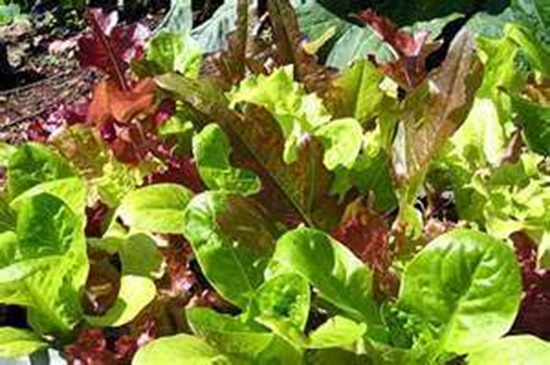Growing Vegetables in the City
11.3 years ago city gardening, container garden, urban gardening
The days when city dwellers had no hope of growing their own vegetables are rapidly becoming a thing of the past, as urban farmers discover ever more ingenious ways to squeeze growing space into the most compact area. Window boxes, balcony planters and even blank walls can be put to good use as growing space for healthy and economical vegetable production, and the beauty of a tightly contained ‘garden’ is that the environment can be strictly controlled, ensuring that pests are kept away and no harmful chemicals creep into the organic compost or soil.
Legumes thrive in planters and can stand being planted quite close together. Even a relatively short planter, of approximately 70cm to 1m can yield enough beans or peas to feed a family every other day for the duration of the harvest season. Providing a climbing frame for these vegetables will give the plant greater height, which will allow a bigger yield of tasty and nutritious vegetables for your table.
Carrots lend themselves well to being grown in a container. If the pot or planter is relatively shallow, it would be advisable to choose ‘dwarf’ varieties which tend to be shorter. Carrots must be sown thickly, with about a 5cm covering layer of soil or compost, and then thinned out once they have sprouted to be sure each carrot has enough room to grow out.
Cucumbers, eggplants and melons can all be grown in a rooftop or balcony garden but all of these plants require a fairly generous and deep container. As a rule of the thumb a half-barrel, or two motor-vehicle tires laid one on top of the other is the sort of space needed, so growing these plants will very much depend on the space available to our bijou gardener. Cucumbers and melons, particularly, need space to spread, being ground-creepers that are not easily able to climb. Attention must be paid to the fruits as they grow, they often sit on the ground which means they can be prone to insect depredation and rotting. An eggplant forms a rather attractive bushy plant which can be very decorative, the effect being enhanced when it has a couple of the shiny purple fruit forming.
Tomatoes are very versatile and will grow under most conditions. The bigger varieties need a large deep pot, and a stake to keep them upright once they have reached maturity. Smaller types of tomato, like the cherry tomato can even grow in very small pots, but in general, the larger the pot and the plant, the higher the yield and the longer the growing season will be. Tomatoes must not be allowed to sit in standing water as this can cause the plant to start rotting away.
Lettuces adore being grown in pots and planters, they positively thrive in that situation, mainly because it is very much easier for the gardener to ensure that the lettuces are in the right environment for optimum growth. In general, growing lettuces can be as simple as sprinkling in some seeds, making sure the soil stays moist and getting ready for a healthy feast as they grow to full size. Lettuces in a garden bed can be tricky as too much water is dreadful for them, causing the plants to rot, while not enough water creates a small bitter-tasting leaf. Planters generally have drainage holes at the bottom which automatically maintain the moisture level of the soil, taking some of the guesswork out of proceedings.
Many species of vegetable can be grown in pots and containers and the best advice would be to try one or two specimens and see how they do. Organic vegetables may benefit from fish or blood-and-bone meal fertilizers to give them a boost, but if you are using any of the patented organic composts that are readily available at gardening centers and DIY shops you may not need to add any extra nutrients to the soil. Organic produce is easily protected from insects, parasites and diseases when it is grown far from other plant-life, a boon to the urban vegetable grower.
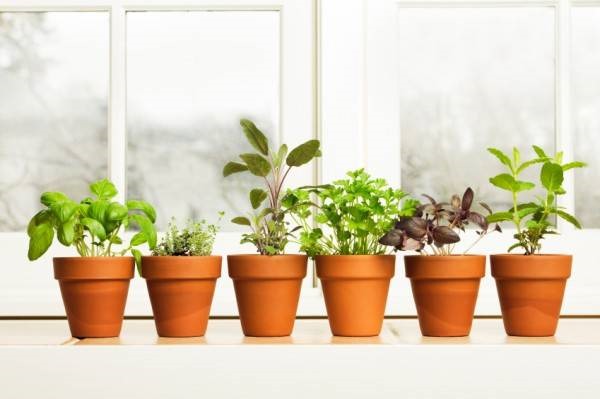
If you are strapped for space, but desperate to grow food or flowers, have a look at your window-sills with a view to fitting in a window-box, examine hidden corners to see if there is space for a deep planter or a strawberry pot, and even study the walls of the outside of your house or flat: vertical gardening is becoming fashionable, with pots and planters being layered up a wall to make maximum use of the space available. As long as you have a space that attracts at least six hours of sun per day, you too can become an urban gardener!
—
AUTHOR: Thomas Jones is a keen gardener, renovator and DIY enthusiast. Having lived and worked in the city, he’s learnt a few tricks on how to grow good produce. Thomas currently works with Falcon Pools.
Rooftop garden image Source: http://www.bucolicbushwick.com
